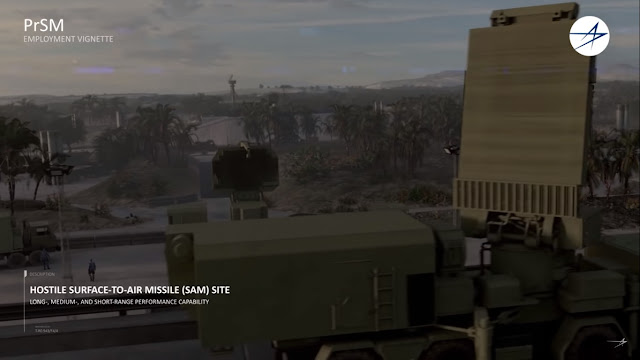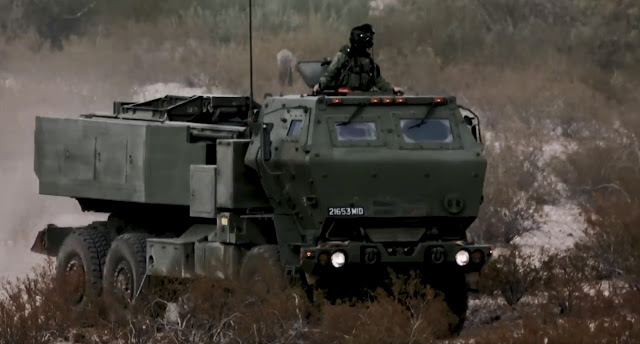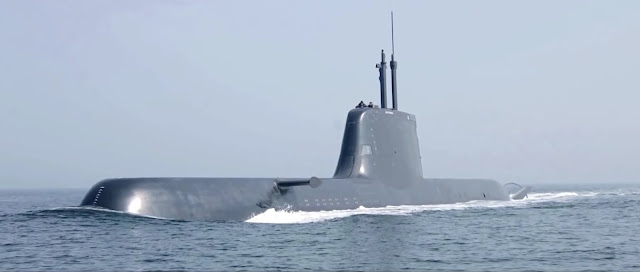 |
| Logo mark of JDS Ise ( DDH-182 ) |
The other day I was just browsing the Japan Maritime Self Defense Force ( JMSDF ) website like I always used to now and then. They have recently launched the
Maya-class Aegis destroyer
Haguro ( DDG-180 ) and there is an open campaign for the design of the ship's logo mark. That's what the Japanese call the ship's crest or
ship's emblem, the logo mark ( ロゴマーク rogo maku ). It's a routine publicity exercise for the JMSDF and they have conducted these competitions whenever there is a launch of a major vessel in the past few years. To let the designers have an idea of what would be expected, JMSDF kindly provided some references of the logo marks of several of their ships in active service. All seems well until something very out of the place caught my eye : the logo mark of the helicopter carrier
Ise.
It may initially look like any other ship crest with the usual sword, shield, rope, ship name, pennant number and ship's motto but the red lion head motif stood out like a sore thumb as it is undoubtedly almost an exact copy of the national symbol of Singapore.
 |
The reference logo marks on JMSDF website :
Kaga, Izumo, Maya, Ise, Hyuga and Murasame. |
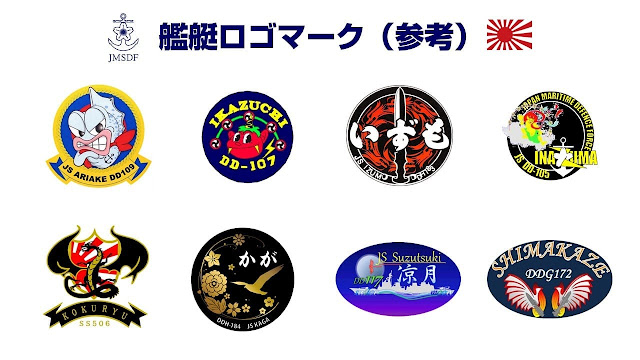 |
| More reference logo marks from JMSDF FB |
The Two Lions
 |
The Lion Head, a national symbol of Singapore
in pantone 032 ( red ).
Downloaded from National Heritage Board, Singapore |
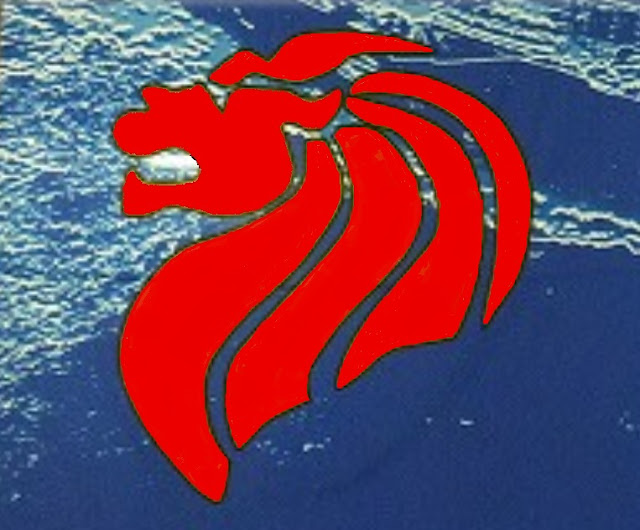 |
| The Ise lion head for comparison |
Comparing the two lion logos, it is not difficult to see that the Ise lion is a slightly modified version of the Singapore lion. Minor changes were made to the eye, the chin, the nose and the mane but the general outline of the logo does not differ much from the original Singapore lion. The similarities are too striking to be ignored.
But how would we know which is the original and which is the copy? Consider this : the Singapore lion logo has been designated a national symbol by the government of Singapore since 1986 while the helicopter carrier Ise was only launched in August 2009 and commissioned in March 2011. Its current logo mark was therefore designed and officially adopted sometime between 2009 and 2011.
The Singapore Lion Head Symbol
Singapore, a tiny sovereign nation in South East Asia, is also known as the Lion City. The Malay Annals has it that in the year 1299 Sang Nila Utama, a prince from Palembang, landed on the island of Temasek after his fleet survived a terrible tropical storm. He caught a fleeting sight of a strange animal with a red body, black head and white breast before it disappeared into the jungle and was told it was a lion. Believing it to be a good omen, he decided to build a new city there and renamed the island Singapura which in the Sanskrit language means " lion city ".
The lion has therefore been associated with Singapore since time in memorial and is indeed featured on its coat of arms. However, since the national flag and the coat of arms are official symbols of Singapore, their use would be restricted and subjected to strict regulations. A less formal symbol that is easily recognizable and distinctive to Singapore is required so that individuals, organizations and corporations may use it to promote a sense of national identity.
As such, the government of Singapore invited local art schools and advertising agencies to produce a new symbol that best exemplifies the characteristics of the nation. Among many entries that depicted high rise public housing, palm trees and various lions, a winning design emerged. The lion head logo created by Michael Lee, then 33 years old, senior art director with Gartshore Keer and Lim advertising agency, was selected and was adopted as Singapore's alternative
national symbol in 1986.
The lion represents courage, strength and excellence. The symbol is set in solid red against a white background, the colours of Singapore's national flag. The five strands of the lion's mane represents Singapore's ideals of democracy, peace, progress, justice and equality.
The lion head symbol has since proliferated and can be frequently found printed on the packaging of made in Singapore produce and incorporated as company logos, among other things. By 1990, the Republic of Singapore Air Force has also replaced its
old Yin and Yang inspired roundel with the lion head roundel.
 |
| The lion head roundel on the RSAF's F-15SG fighter. |
Being one of the national symbols of Singapore means that the use of the lion head symbol still falls under some form of guideline. For example, the design
may not be modified in any way or have any graphics or words superimposed over it. It can however be depicted in outline form, be embossed ( and perhaps also be debossed ) and be portrayed as a watermark. Its official colours are Pantone 032 ( red ), white and black.
 |
The Straits Time of Singapore article 23rd July 1986
Source : National Library Board / SPH |
JMSDF Helicopter Carrier Ise's Logo Mark
JDS
Ise is a
Hyuga-class helicopter destroyer of the JMSDF. Its name is derived from the ancient Japanese Province of Ise ( 伊勢国 Ise no kuni ), an area which in modern day covers most of Mie Prefecture in the Kinki region east of Osaka. Its namesake also includes the
Ise Grand Shrine, one of the three most sacred Shinto shrines in Japan.
Despite being officially classified as a " helicopter carrying destroyer ", the Ise is actually helicopter carrier characterized by its flattop flight deck and island type bridge and control tower.
 |
| The JS Ise underway. Source : JMSDF |
Unlike more recently commissioned JMSDF warships like the helicopter carrier
Kaga or the destroyer
Maya which had acquired their ship logo marks through design competitions open to the public, it seemed that the Ise had hers designed by her commanding officer, a certain Captain Hoshiyama Ryoichi ( 星山良一 ).
Hoshiyama graduated from the Japan
National Defense Academy in 1982 ( 26th batch of graduates ). He was the last commanding officer of the helicopter destroyer
Haruna ( DDH-141 ) from 2007 to 2009 after which he was appointed commanding officer of Pre-commissioning Unit
Ise from 21st Aug 2009 to 15th Mar 2011 under the auspices of the Fleet Research & Development Command (
開発隊群 ). He was also Ise's first commanding officer after her commissioning from 16th Mar 2011 to 31st Jul 2012. The list of current and past commanders of JDS
Ise can be seen
here, just above the footnote, in Japanese only.
 |
| Logo mark of JDS Ise ( DDH-182 ) |
The basic design of Ise's logo mark is that of an ovoid seal with golden coloured ropes at the rims. It has a central shield supported by two swords with the usual ship's motto on blue scrolls in English. This is very similar to the layout of the United States Navy ship's crest design and very different from the usual Japanese ship logo mark designs.
The flower motif, the hanabishi ( 花菱 ), represents the emblem of the Ise Grand Shrine and the green ladder-like design that leads to it represents the sanguukaidou ( 参宮街道 ), the path that the pilgrims take when they visit the shrine and it also represents the passage of time from the moment the shrine was constructed till modern day. The lion is supposed to signify the strength of Ise. The ship silhouette is of course the helicopter carrier Ise viewed from the front. 2011 was the year of her commissioning and the ship's motto is clearly spelled out in English : Readiness ( 即応 ), Expertness ( 高練度 ) and Integrity ( 誠実 ). The ship's name and pennant number were also included.
 |
| Hanabishi of the Ise Grand Shrine |
 |
Ship's crest of USS Truxtun DDG-103
exemplifies the usual American design.
Source : Wikipedia |
 |
The typical JMSDF ship logo mark is frequently round, simple and
elegant, with the ship's name in English as well as Japanese.
Source : JMSDF |
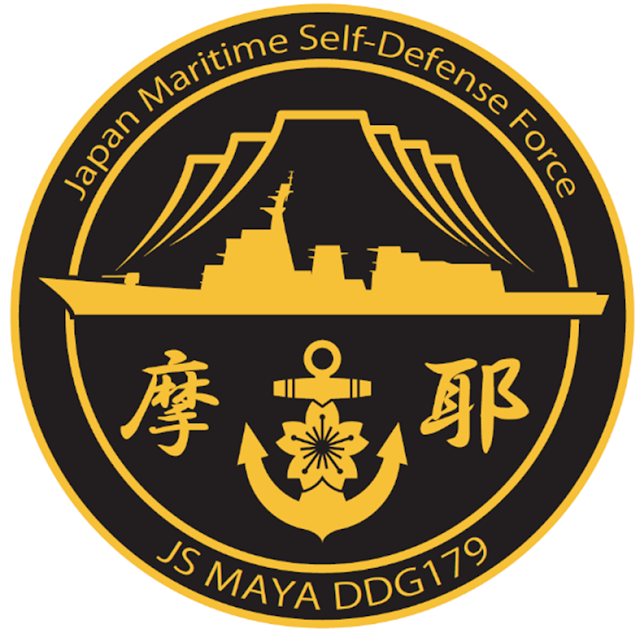 |
Another example of JMSDF ship logo mark.
It is unconventional to have the ship's name written in kanji.
Source : JMSDF
|
Hoshiyama's lion head not only adorns Ise's logo mark, it is also found printed on Ise's promotional brochures, photo albums, wall-sized posters, sometimes in colours other than red. It has also made it onto many of the ship's official and unofficial paraphernalia like patches, badges, coasters, phone cases, collar pins, caps and mugs.
 |
| JDS Ise brochure Source : 4travel.jp |
 |
Commemorative Photo Album cover.
Source : blog.goo.ne.jp |
 |
Ise logo mark as wall backdrop for photo
taking during a public event in 2018 |
 |
JDS Ise hangar screen : trained by a hundred battles 百戦練磨
Source : 4travel.jp |
 |
| Lion head symbol imprinted on a curtain. |
Hoshiyama Ryouichi
 |
Captain Hoshiyama Ryoichi as CO Ise in a photo dating from 2011.
The calligraphy on the wall reads " Ise ". Source : J-navy.sakura.ne.jp |
After his stint as the commanding officer of the Ise, Captain Hoshiyama was appointed Commander, Kure Fleet Training Command. According to published Japanese MOD documents (
Page 5 Number 5 ) on the re-employment status of retired senior officers, Hoshiyama retired on 9th Feb 2016 at the age of 56 years old, relinquishing his final post as the commander of the Sasebo Naval Base. He subsequently found employment in the private sector on 23rd Jun 2016, joining
Imabari Ship Building Co. Ltd, Japan's biggest shipbuilder, as a senior manager in charged of workplace safety and quality control.
In my opinion, Hoshiyama's design looks amateurish and lacks the usual finesse and elegance typical of other Japanese warship logo marks. He tried to copy the structure of the American ship's badge but failed to understand the various components that made up the badge and his design ended up with a central shield that didn't quite look like a proper shield and was without a crest. The ship's motto was written in English rather than his native Japanese reflects the lack of originality. The designs on the shield also looks messy with the lion head, hanabishi, pilgrim's path and ship silhouette all over the place. The scroll on which the ship's motto was written also lacks contrast with the front and back of the scroll in different shades of blue and blue-grey.
Hoshiyama should be called upon to explain how he designed the logo mark of the Ise, in particular, how the lion head motif came to be. Did he knowingly or unknowingly copy the Singapore lion head symbol and modified it slightly to suit his purpose? If that was the case he would have been guilty of plagiarism and would have violated the regulations governing the use of Singapore's national symbol. To recapitulate, the lion head symbol should not be modified in any way and has to be used in a tasteful and respectful manner by Singaporean entities for promoting a sense of national identity. Foreign entities are therefore excluded from any authorized use of the symbol. The fact that this had gone unnoticed for so long was what amazed me. After all, JDS
Ise did make a port call to Singapore in 2016 during the Asean Defense Minister's Meeting - Plus ( ADMM+ ). Somebody should have noticed something.
Frankly speaking, the JMSDF might be better off if it conducts a competition to redesign the Ise's logo mark. The collective talent of hundreds of amateur and professional artists and designers will certainly beat the artistic prowess of a ship's captain, hopefully resulting in a better logo mark. Unless, of course, if the JMSDF intends to donate the
Ise to the Singapore Navy, then there is no real need to redesign anything apart from changing the Hoshiyama lion to the Singapore lion! Domo arigato gozaimasu!!





